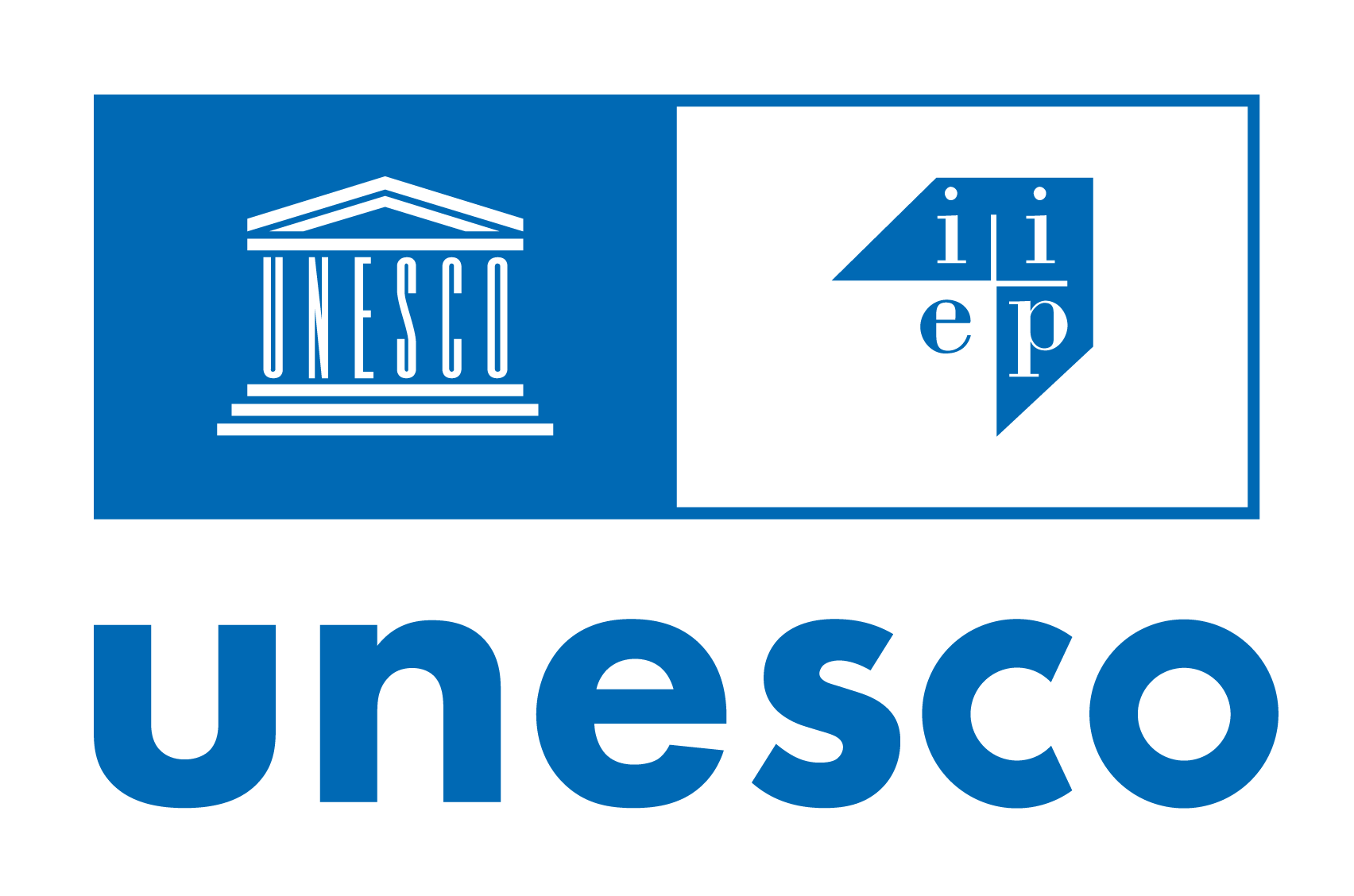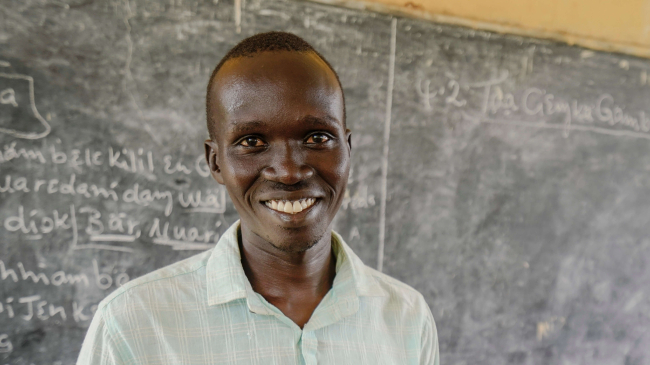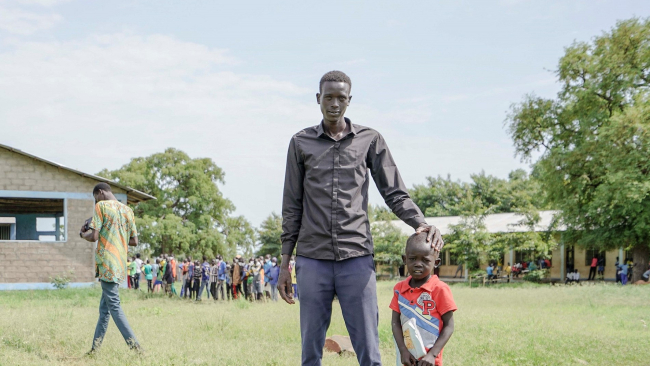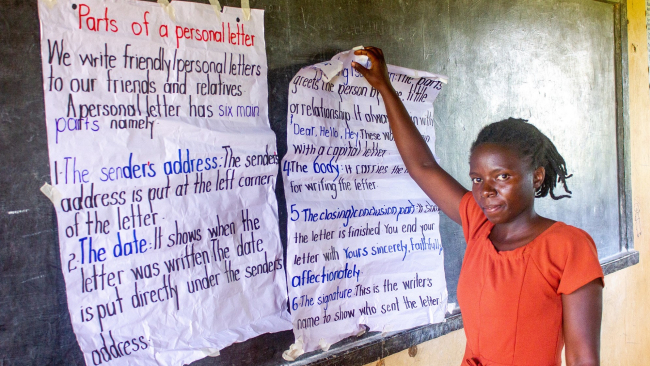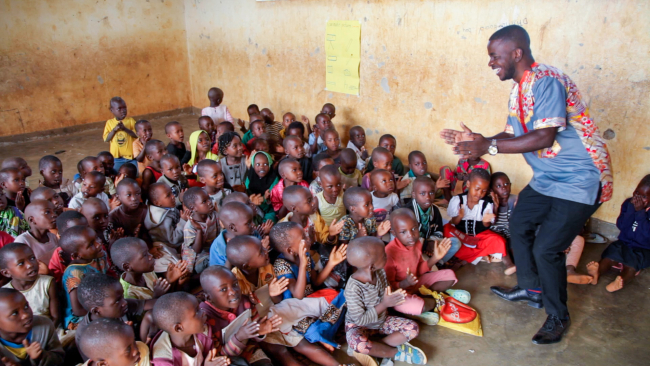The DAC characterises fragile states as countries with poor governance as identified by a lack of political commitment and/or weak capacity to develop and implement pro-poor policies; fragile states also often experience violent conflict. The DAC framework categorises fragile states as follows:-Deterioration (Conflict/risk of conflict; Declining capacity and/or will) -Arrested development (Lack of will; Moderate or high capacity) -Post-conflict transition (Risk of conflict; Low capacity; High or low will) -Early recovery (May be post-conflict or not; High will but low capacity). This paper examines how development assistance in these four environments can enhance access to quality basic education for the poor and vulnerable, at the same time improving governance and thereby mitigating the risks of fragility, and increasing the effectiveness of future aid. Section two introduces the concept of turnaround– how a state’s fragility may be sufficiently reduced to allow sustainable pro-poor growth – as well as the ‘rights’ and ‘risks’considerations that impact donor decision making and effectiveness. Section three examines will and capacity in the education sector; section four explores political economy implications for sequencing and planning; and section five considers how education can support state-building from the bottom up. Section six focuses on aid effectiveness in fragile states, where donor coordination instruments may be needed to sustain transitions to post-emergency support in environments still likely to be fragile. The paper concludes with recommendations in section seven.
Year
2006
Pages
39 p.
Countries
Resource Types
Languages
